How the FHA 203k “Rehab Loan” Helps You Buy Your First House! Buying a House Made Simple
How the FHA 203k “Rehab Loan” Helps You Buy Your First House! Buying a House Made Simple
🚨 Disclaimers!: The Real Estate HUB is an Amazon & sovrn commerce affiliate. Some links in this article will take you to products and we may earn a commision at no extra cost to you. Furthermore, The Real Estate HUB and its affiliates are not Licensed Financial Advisors, Consultants, loan officers nor are lawyers or attorneys at law. The Real Estate HUB is also not a licensed broker. Please DYOR and speak to professionals. We claim no responsibility for any financial or legal decisions you make. Note: Brokers are not Real Estate Lawyers or Attorneys of/at Law unless they themselves are individually licensed.

The FHA “Rehab Loan” is a great way to start a rental portfolio. Buy, Repair, Live-in, Refinance, Rent out, Repeat.
This builds your rental portfolio but each FHA approved home has a one year “Live-in” timeframe before you can resell, or rent to profit or cash flow.
If you rent make sure you can rent it out for the monthly payment plus an additional $250 -$450 dollars per month for your income.
Let’s dive deeper! medium.com/@TheRealEstateHUB/subscribe

What is The FHA 203(k) Rehab Loan?
Buy, Repair, Live-in, Refinance, Rent out, Repeat.
The FHA 203(k) Rehab Loan is a government-backed mortgage that allows homebuyers and homeowners to finance both the purchase (or refinance) of a home and the cost of its rehabilitation through a single loan.
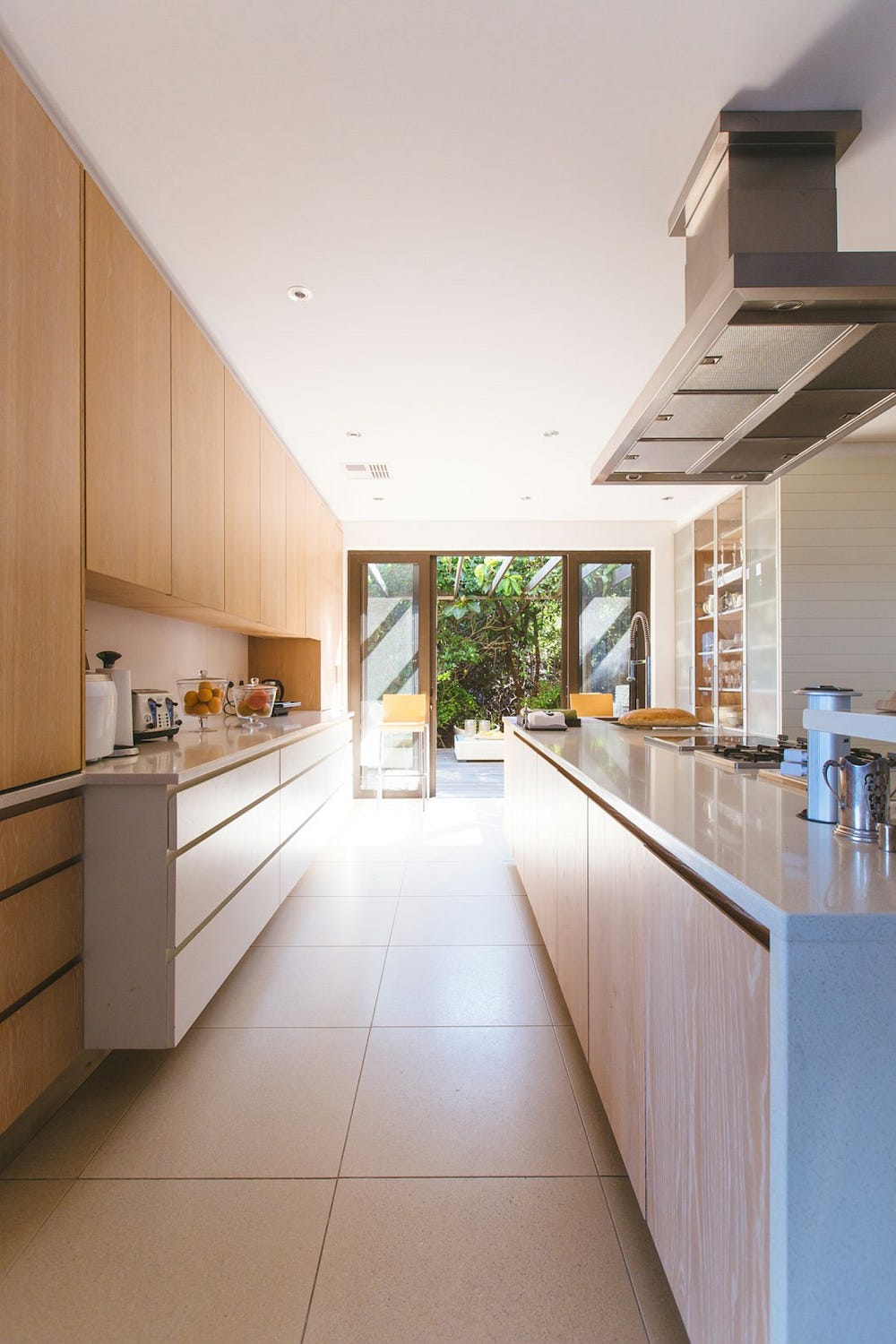
It’s designed for properties needing repairs or upgrades, covering costs like structural fixes, energy upgrades, or cosmetic improvements.
Picture this: it’s 2 a.m., you’re bleary-eyed on Zillow, coffee gone cold, when bam — there it is. A fixer-upper with creaky floors, a sagging porch, and a price that’s practically begging you to take a chance.
It’s not perfect, but it could be yours. Enter the FHA 203(k) “Rehab Loan” — your all-in-one pass to buy that diamond in the rough and transform it into a stunner, whether it’s your first home or a rental cash cow.
No need to max out credit cards or groveling for a reno loan from your skeptical in-laws; this beauty rolls it all into one mortgage, that means, one payment a month.
The Book on Investing In Real Estate with No (and Low) Money Down: Creative Strategies for Investing in Real Estate Using Other People’s Money
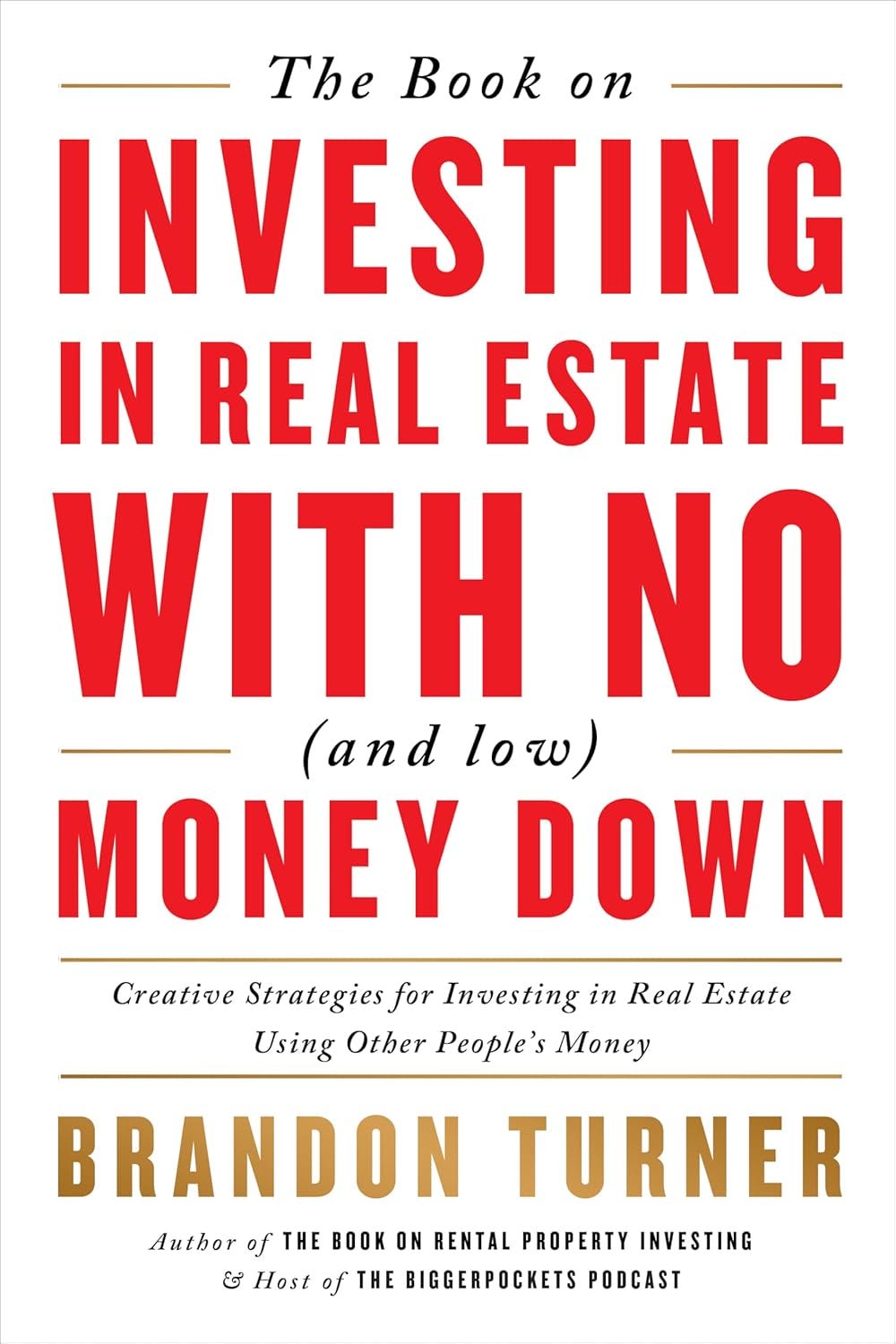
What’s This FHA 203(k) “Rehab Loan” Anyway?
Imagine the FHA 203(k) as your real estate genie, granting two wishes in one: buy a home and fix it up with no separate loans required.

Backed by the Federal Housing Administration (FHA), this mortgage is a game-changer that covers both the purchase price and renovation costs in a single package.
It’s not just about slapping a Band-Aid on a leaky faucet — it’s for turning a rundown relic into your dream pad or a profit-pumping rental, with upgrades like new roofs, modern kitchens, or even banishing that 1970s wood paneling to the history books.
Think of it as a superpower for first-time buyers who can’t drop a fortune on repairs upfront and a secret weapon for investors hunting distressed properties to flip into goldmines.
The Big Idea Behind It
The FHA cooked up the 203(k) to make homeownership less of a pipe dream for regular folks.

Traditional loans often demand a move-in-ready house and a fat wallet for fixes — leaving quirky, affordable fixer-uppers out in the cold.
The 203(k) flips that script, letting you buy a place that’s rough around the edges and fund its glow-up, all while keeping your bank account intact.
It’s part of the FHA’s mission to boost housing access, especially for those who don’t have perfect credit or piles of cash.
Picture a single mom like Jen in Atlanta — she snagged a $150,000 cottage with peeling paint and a busted HVAC, tacked on $20,000 in repairs, and turned it into a cozy nest, all with one loan. It’s about opening doors — literally and figuratively.
Two Loan types: Limited vs. Standard
This loan comes in two tasty varieties, each with its own vibe.
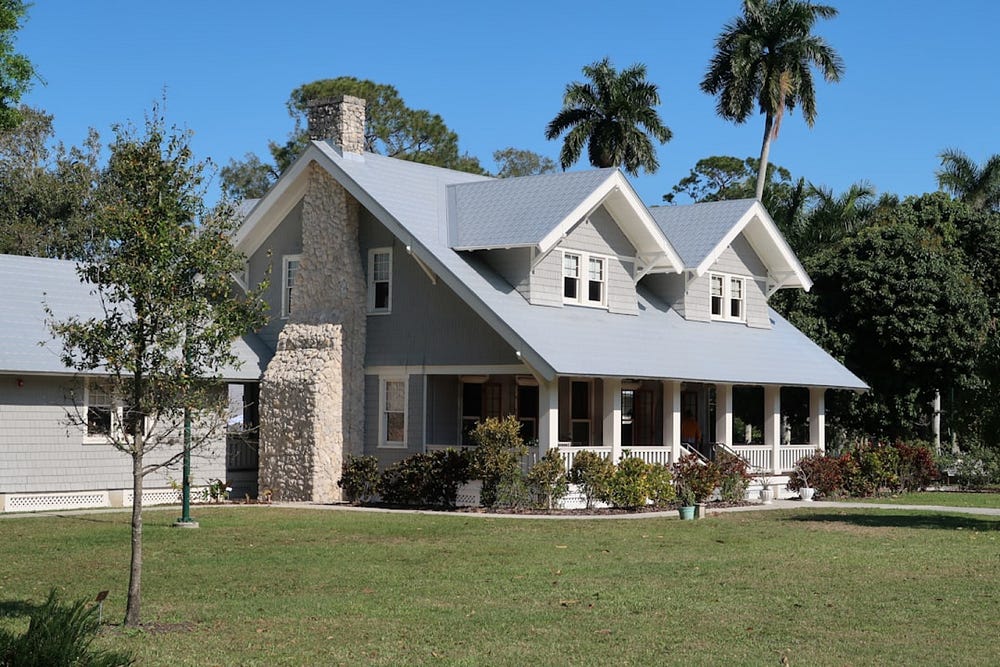
The Limited 203(k) is your quick-fix buddy, capping repairs at $35,000.
It’s perfect for cosmetic spruce-ups — think fresh paint, new countertops, or swapping out that stained shag carpet for sleek hardwood.
No structural heavy lifting here; it’s for homes that need a little love, not a total overhaul.
Then there’s the Standard 203(k), the big kahuna for projects over $35,000.

This one’s for the dreamers — adding a bedroom, fixing a crumbling foundation, or gutting a place to rebuild it your way.
Take Mark, a mechanic in Denver — he used a Standard 203(k) to buy a $200,000 wreck, poured $50,000 into a new roof and plumbing, and now lives in a $300,000 gem. This could work in any market, with almost any house.
Both types roll the costs into your mortgage, but they cater to different scales of ambition.
The property has to meet FHA requirements to be an FHA approved home for a FHA loan.
The Book on Rental Property Investing: How to Create Wealth With Intelligent Buy and Hold Real Estate Investing
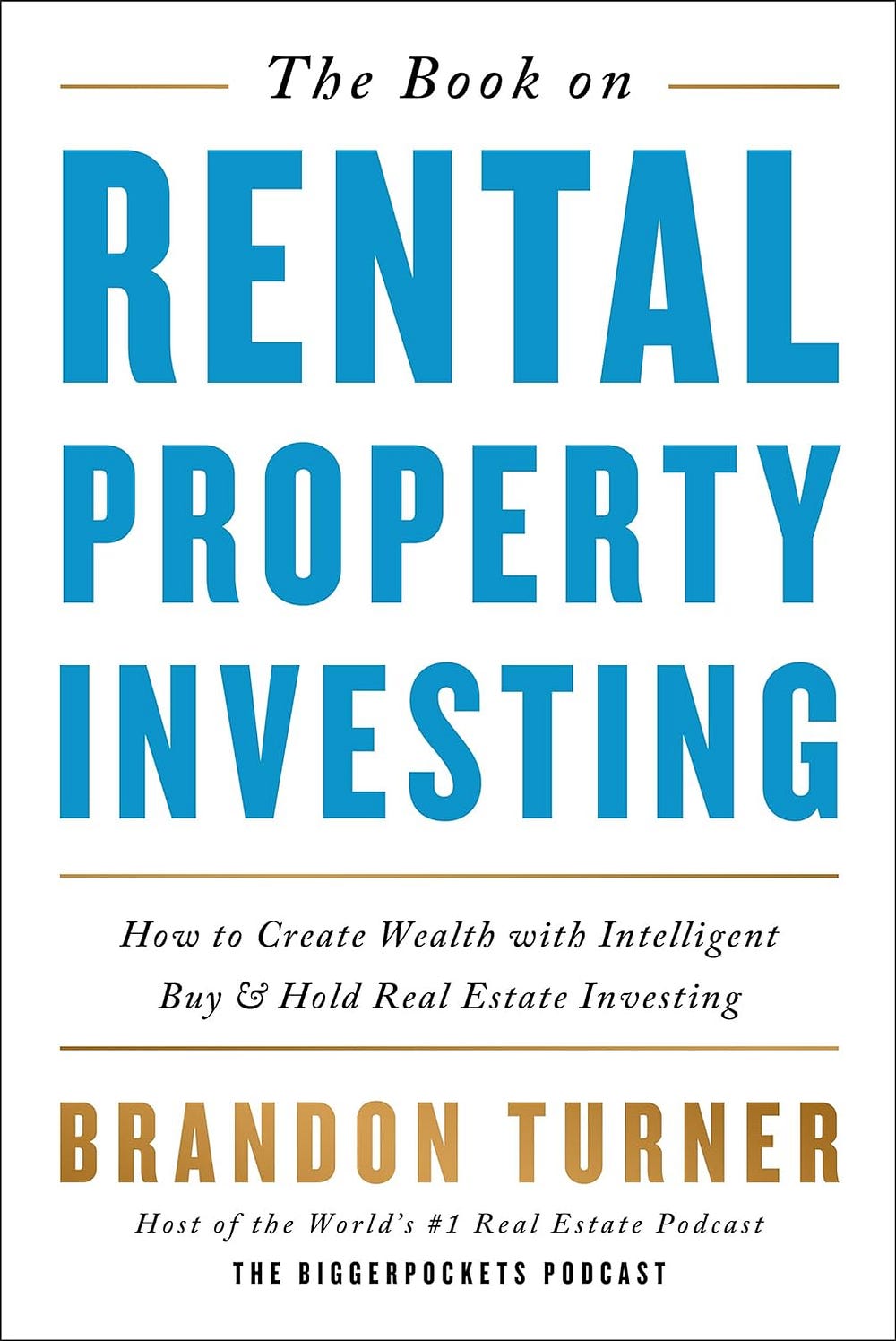
Who is This Loan For?
This isn’t a loan for flippers chasing quick bucks or millionaires buying vacation homes — it’s for everyday people with big visions.
First-time buyers get a huge nod; with a low 3.5% down payment and a forgiving 580 credit score minimum, it’s a lifeline if your savings are slim.

Investors can play too, especially with multi-unit properties (up to four units), turning a fixer into a rental cash machine — more on that later. The catch? It’s not a free-for-all cash grab.
The FHA ties the funds to specific repairs, ensuring the house meets safety and livability standards.
No blowing it on a hot tub or a disco room (unless it’s structural, maybe). It’s disciplined, but that’s what makes it work.
Real-Life Magic —
Consider Sarah, that barista in Portland. She spotted a $170,000 bungalow with a crumbling deck and outdated wiring. A traditional loan wouldn’t touch it — too risky.
With a Limited 203(k), she added $15,000 for fixes, moved in six months later, and now hosts brunch on a deck that doesn’t wobble.
Or think of Carlos, a teacher in Miami, who eyed a $220,000 duplex needing $40,000 in structural work.
A Standard 203(k) made it his home and a rental unit, proving this loan’s versatility. It’s not just financing — it’s a launchpad for turning “what if” into “heck yes.”
How Does It Work? Like a Renovation Dance Party!
Step one: you buyf the place.
The FHA 203(k) mashes your home’s cost and repair budget into one loan. Say you find a $180,000 house with a kitchen stuck in the disco era, needing $20,000 to modernize.

Your loan could be $200,000, covering both. But don’t expect a fat check at closing — it’s more like a choreographed dance. The lender stashes the repair cash in an escrow account, doling it out as your contractor hits milestones.
Step two: hire your reno crew.
Step three: inspectors swoop in, approve the work, and the funds flow.
The Limited 203(k) keeps it chill — minor stuff like new fixtures or patching drywall, no big fuss. The Standard 203(k) is the full-on bash — structural fixes, room additions, or turning a dated shack into a Pinterest-worthy pad.
Payments kick in post-closing, but FHA’s low rates (often 3–4%) mean it’s not a budget buster.
What Do I Need to Apply?
The FHA 203(k) is built for regular folks, not trust-fund kids, so the bar’s lower than you’d expect.
Below is your “must-have” list, unpacked with some juicy details:

- Credit Score: 580 and Up
Forget those snooty loans demanding a 700+ score. The FHA says 580 is your magic number — imperfect credit welcome!
(Maybe you’ve got a few dings from student loans or that time you splurged on a gaming console. No judgment here; 580 still gets you in. If it’s 500–579, you can still play, but the down payment jumps to 10% instead of 3.5%.)
- Down Payment: 3.5% of the Total
Here’s the sweet deal: just 3.5% down. For that $200,000 loan (house plus repairs), that’s $7,000 — peanuts compared to the 20% ($40,000!) conventional loans demand.
For investor buys (no living there), it’s 10% ($20,000), but for most first-timers, 3.5% is your ticket. Pro tip: start a “house fund” jar now — every $20 counts.
The Book on Managing Rental Properties: A Proven System for Finding, Screening, and Managing Tenants with Fewer Headaches and Maximum Profits

- Repair Plan: Your Reno Blueprint.
This isn’t a “let’s figure it out later” deal — you need a game plan. For a Limited 203(k), list out fixes (new windows, $5,000; paint, $2,000) with contractor bids.
For a Standard 203(k), it’s next-level: detailed proposals, timelines, and sometimes an FHA consultant to oversee big jobs (think $40,000 roof-to-foundation redo).
- Solid Finances: Prove You’re Steady.
The FHA wants to know you won’t flake on payments. You’ll need two months of pay stubs, or if you’re self employed, proof cash flow, last year’s tax returns, and bank statements showing you’re not broke.
Your debt-to-income ratio (DTI) — monthly bills vs. income — should stay under 43%. Say you earn $4,000 a month and owe $1,000 on car loans and cards; a $720 mortgage fits. If your DTI’s high, pay down a card or two first.
- A Willing Contractor: Your Reno MVP; You can’t DIY this (sorry, weekend warriors) — you need an FHA-approved contractor. They’re licensed, insured, and cool with the 203(k)’s inspection dance.
For Limited jobs, they bid and get paid as work wraps. For Standard, they’re in deep — submitting plans, meeting inspectors, and sticking to deadlines.
- Bonus Prep: Property Rules: The house can’t be a pile of rubble — single-family homes, condos, or up to four-unit properties qualify, as long as it’s livable post-reno.
No flipped mansions or condemned wrecks. And you? Be ready to move in within 60 days of closing (or 12 months for rentals). It’s about commitment, not cash.
FHA 203(k) Loan Rental Investment Strategy: Cash In on Fixer-Uppers SFH and MFH Properties.
Alright, buckle up — this is where the FHA 203(k) turns into a money-making machine.
The FHA 203(k) loan is a powerful tool for real estate investors eyeing fixer-upper single-family homes (SFH) and multi-family homes (MFH) to turn into rental properties.
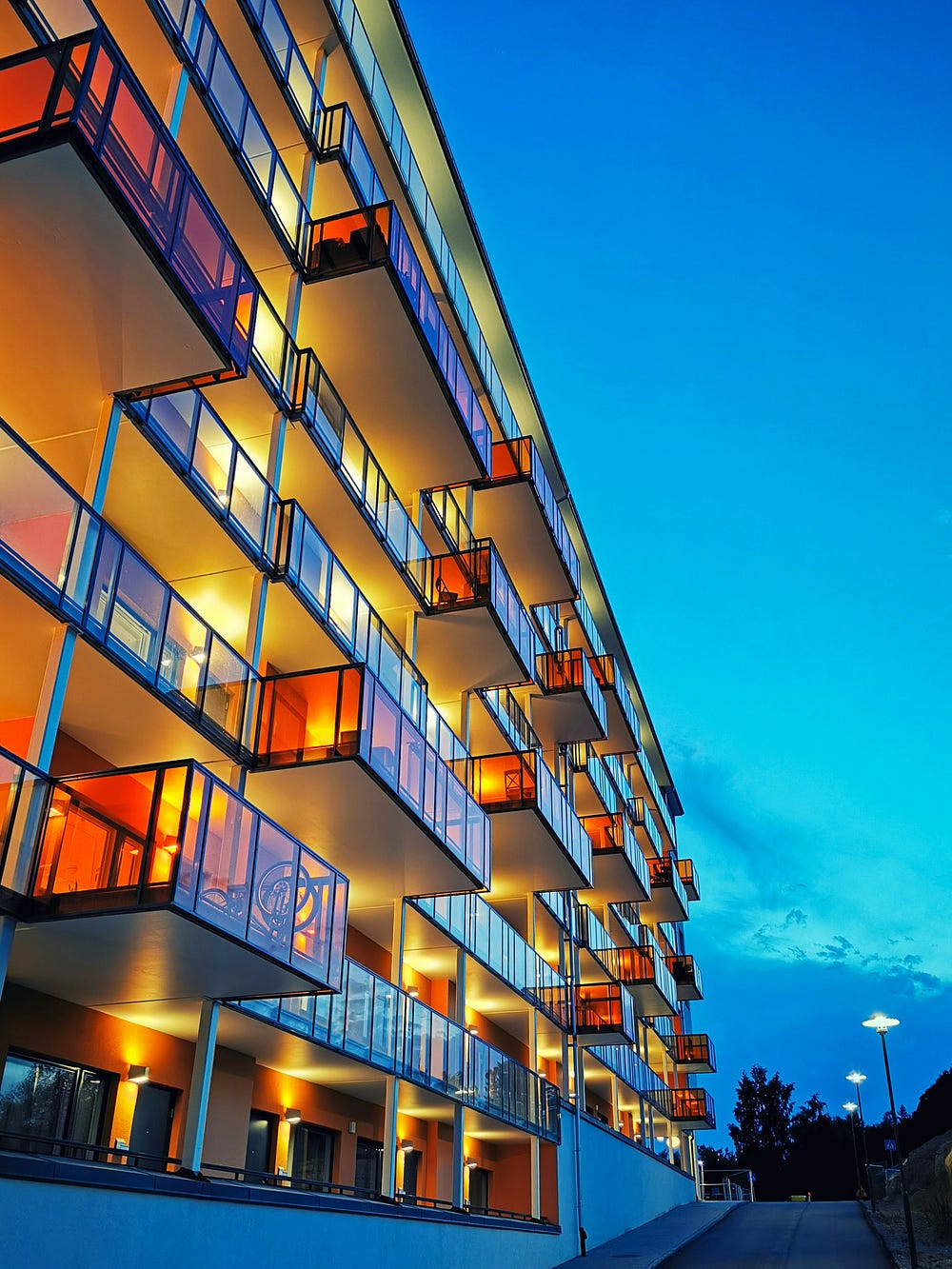
This government-backed mortgage combines the purchase price and renovation costs into one loan, making it easier to transform rundown properties into profitable rentals.
Here’s how to leverage it for SFH and MFH investments.
Multi-Family Homes (MFH): Live-In and Rent Out
For 2–4 unit properties, the FHA 203(k) loan allows investors to buy, renovate, and live in one unit for at least 12 months while renting out the others. Rental income can offset mortgage payments, and after the occupancy period, you can rent all units for steady cash flow.
With a low 3.5% down payment (for a 580+ credit score) and favorable rates, it’s ideal for first-time investors. However, you’ll need to manage living with tenants and factor in mortgage insurance premiums (MIP).
Single-Family Homes (SFH): The Live-In Flip
For SFH, the strategy is a “live-in flip.” Buy and renovate the home, live in it for 12 months to meet FHA rules, then rent it out. This approach builds equity through renovations but limits pure investment, as you can’t rent immediately.
After renting, refinancing to a conventional loan can free up your FHA eligibility for another property, though MIP and the one-FHA-loan rule are hurdles.
Why It Works
- Low Entry Cost: A 3.5% down payment makes it accessible.
- Renovation Financing: Covers everything from cosmetic fixes to structural overhauls.
- Equity and Income: Renovations boost property value, and rentals generate cash flow.
Rugshop Bohemian Stripe Stain Resistant High Traffic Living Room Kitchen Bedroom Dining Home Office Area Rug 5'x7' Black
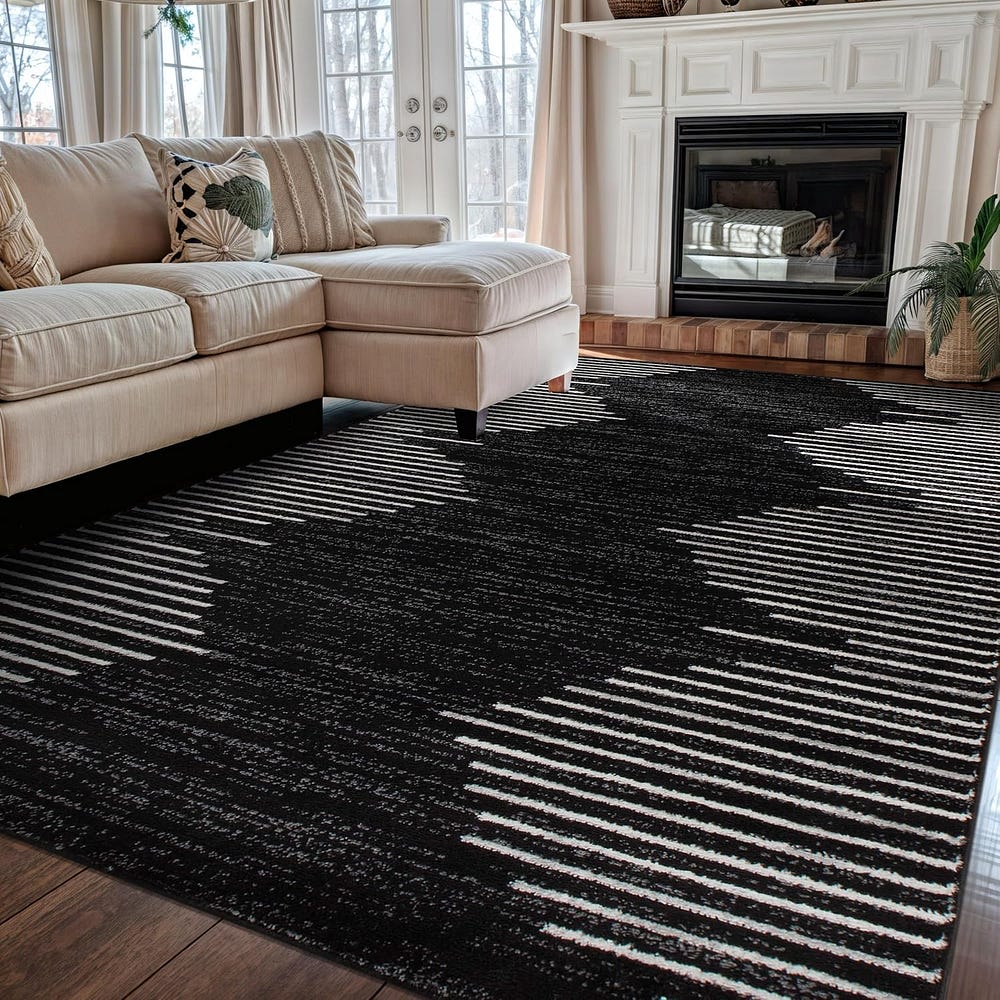
The process involves finding an experienced lender, hiring licensed contractors, and managing escrow for renovations, which must typically wrap up within six months.
For MFH, ensure rental income meets FHA appraisal rules (75% must cover the mortgage for 3–4 units). For SFH, the 12-month occupancy delays rental income, and scaling is tough without refinancing.
The FHA 203(k) loan is a game-changer for investors willing to live in their fixer-upper for a year. MFH offers faster cash flow, while SFH builds long-term wealth.
With careful planning, you can turn distressed properties into thriving rentals, all with minimal upfront cash. Check local FHA loan limits and consult a lender to start cashing in on fixer-uppers today.
Why The FHA Loan Was a Game-Changer for homeowners & investors.
Fixer-uppers are the ugly ducklings of real estate — cheap because they’re rough, but loaded with potential.

With a 203(k), you can buy one below market value, fix it up, and rent it out (after one year of living in the house,) for more than your monthly payment.
Picture a $160,000 duplex needing $30,000 in repairs.
Your loan’s $190,000, and post-reno, it’s worth $240,000. Rent both units for $1,400 total, and with a mortgage around $900 (thanks to FHA’s low rates), you’re pocketing $500 a month — plus building equity.
That’s instant cash flow with just 3.5% down ($6,650 in this case).
Compare that to private investor loans with 20% down and higher rates — this is a steal.
The Rules of the Rental Road
Here’s the catch: FHA loans are for primary residences, so you’ve got to live in the property for at least a year. For rentals, the Standard 203(k) shines because it covers multi-unit properties (up to four units).
The strategy? Move into one unit, fix up the whole place, then rent out the others while you’re there. After 12 months, you’re free to move out and rent your unit too — or keep it as a home base while cashing rent checks.
If you’re buying strictly as an investment (no living there), the down payment jumps to 10% ($19,000 in our example), and lenders might want two years of real estate experience. Either way, it’s doable with planning.
https://medium.com/@TheRealEstateHUB/subscribe
The Real Estate HUB and its affiliates are not Licensed Financial Advisors, Consultants, loan officers nor are lawyers or attorneys at law. The Real Estate HUB is also not a licensed broker. Examples used in this article are fictitious.
The Real Estate HUB is a Social Media Marketing Agency for local and small businesses boosting Revenue, LPM, and Profits.
Thank you for Reading!

Find Us On Social!
X: JaceCamMedia / The Real Estate HUB
YouTube: MichiganREIHQ
Comments
Post a Comment